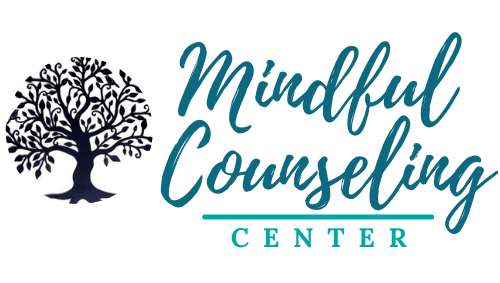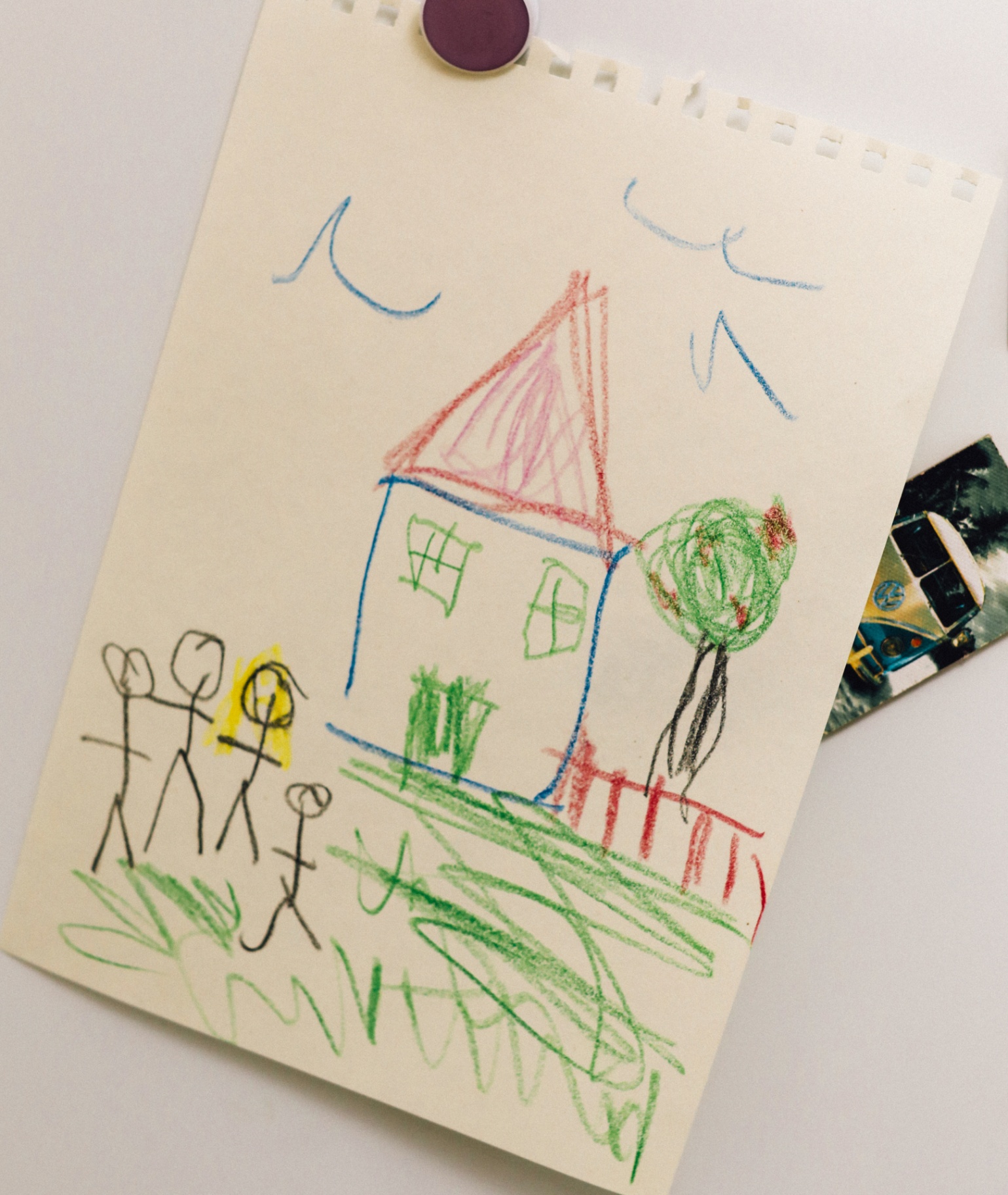Draw & Paint for Self-Care
Scroll down for articles on/prompts for art for mental health and self-care.
Aren’t drawing and painting just for kids?
Many a happy childhood included drawing, coloring and painting activities. For the majority of us, though, these basic visual arts were left behind as the teen and adult world of school, work, independent living, friendships and romance, adventuring and caretaking took over.
There are two exceptions I can think of: If you are around children, you might return to your colored pencils, paint brushes and crayons, along with paper and coloring books, to pass that fun onto them. Or, if you are one of the handful of people considered artistically talented or crafty, you might have found a place for two-dimensional visual art in your life. But most other people seem to be of one or more of the following mindsets related to drawing and painting:
- “I’m not any good at it, so why do it?”
- “I lack talent and choose not to do it myself, but I appreciate other’s skills/artwork.”
- “I liked to draw/paint as a kid, but I don’t have the patience, interest or time any more for it.”
- “While I don’t draw/paint, I use my creativity in other ways, like decorating my house, cooking, journaling or reading.”
Recognize yourself in any of the above? There is nothing wrong with these mindsets. They simply reflect an independent person’s assessment of the practicality of drawing/painting in their daily life.
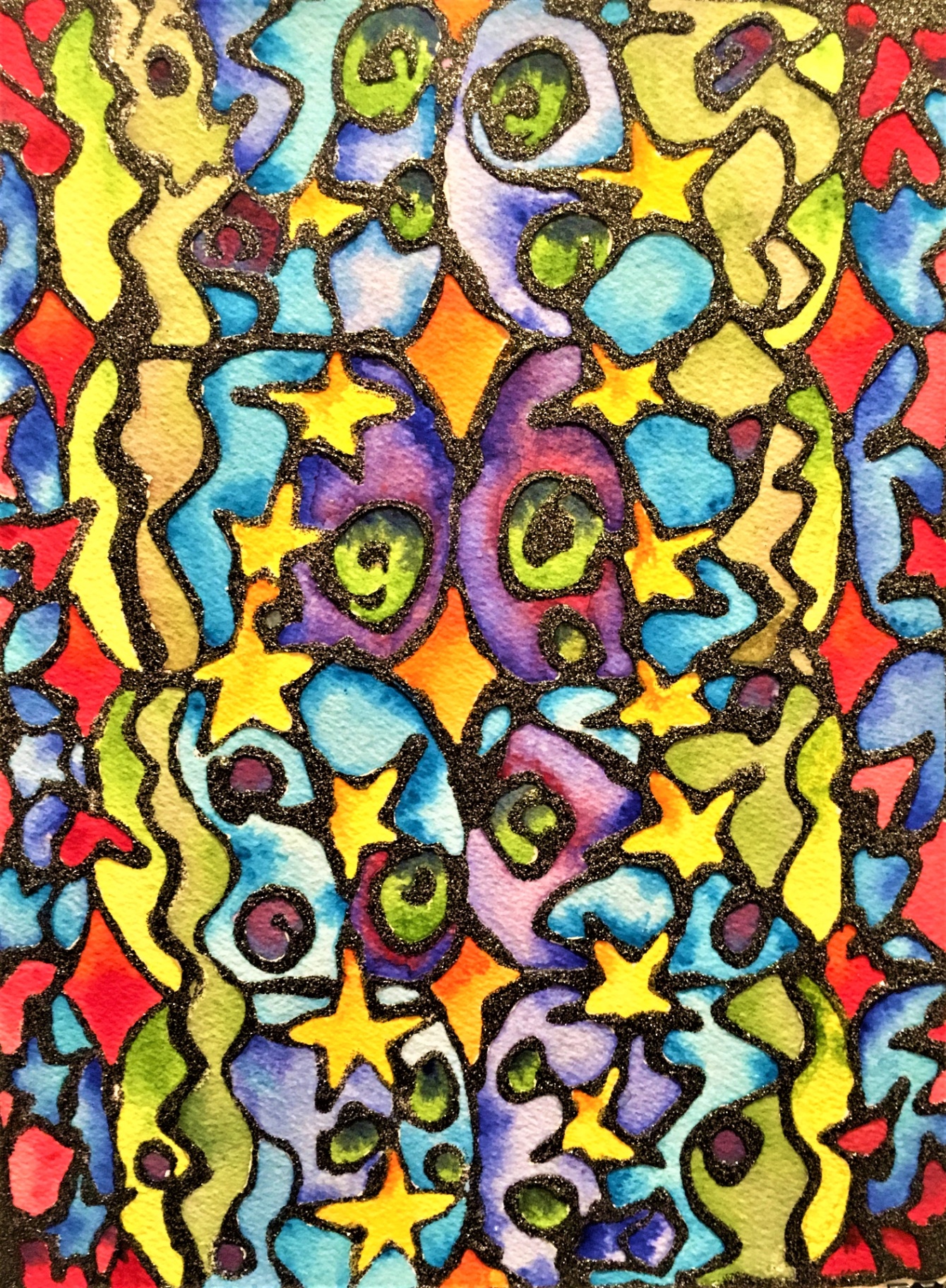 Yet, the fact remains that we all can draw/paint.
Yet, the fact remains that we all can draw/paint.
Do some people seem innately talented or willing to spend time and effort to increase their skills? Yes, of course. But everyone can benefit from the process of making art and enjoy the fruits of their artistic labor. If you do an online search for benefits of drawing and painting, dozens of articles pop up offering anecdotal musings and research literature that stand behind the power of the pencil/paintbrush to support mental health. Some of the benefits include enhanced concentration and fine motor skills, reduced attention to pain and help coping with stress, anxiety and depression (Arts and Crafts for Adults: Its Benefits and Why You Should be Doing It, newsweek.com).
Don’t Compare!
Unfortunately, comparison keeps some people from trying drawing/painting later in their lives. In that sense, it robs them of the joy and benefits they might get from putting pencil/paintbrush to paper. Try your best to not get caught in this self-defeating loop, as making art is a worthwhile endeavor even if you are not the best at it (and most of us, for example, can’t even touch Leonardo da Vinci’s talent, but so what?) or producing something original (it’s pretty much all been done).
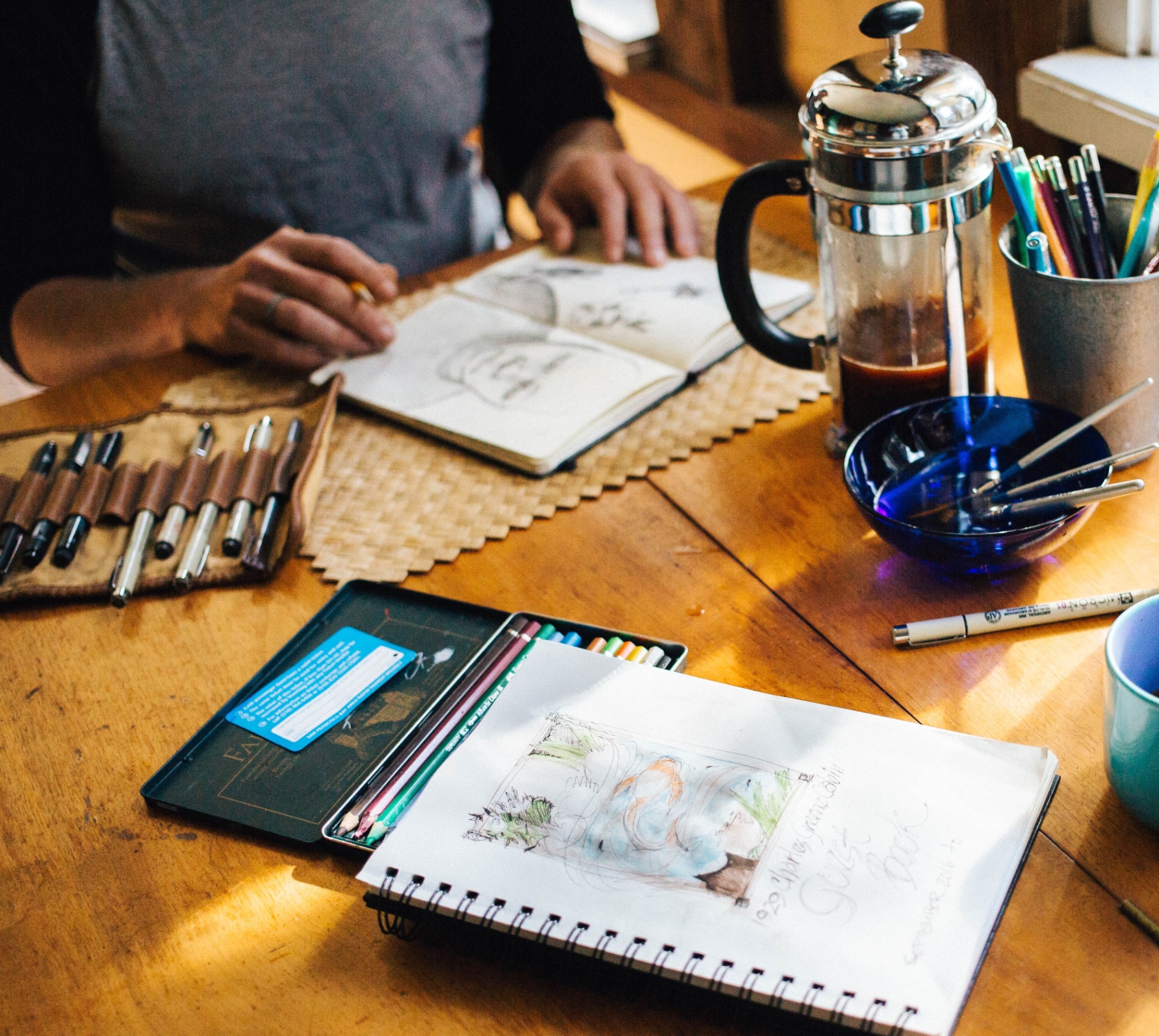 If your mind needs a practical reason to engage in drawing and painting, thinking of them as self-care might be the way to go.
If your mind needs a practical reason to engage in drawing and painting, thinking of them as self-care might be the way to go.
Drawing and painting can be fun, sometimes soothing and rewarding, either by yourself or in community with others (the social connection is part of self-care too). They provide an opportunity to expand your knowledge of art, sense of accomplishment and appreciation of drawing and painting techniques across cultures. Drawing and painting can offer an emotional safe place to express yourself, letting you separate yourself from your thoughts, feelings and experiences a bit so you can explore their impacts. In that way, they can be cleansing, transformative.
I hope you consider drawing and painting as outlets for your creative expression and self-care. If you decide to give them a try, some tips to get going are offered below.
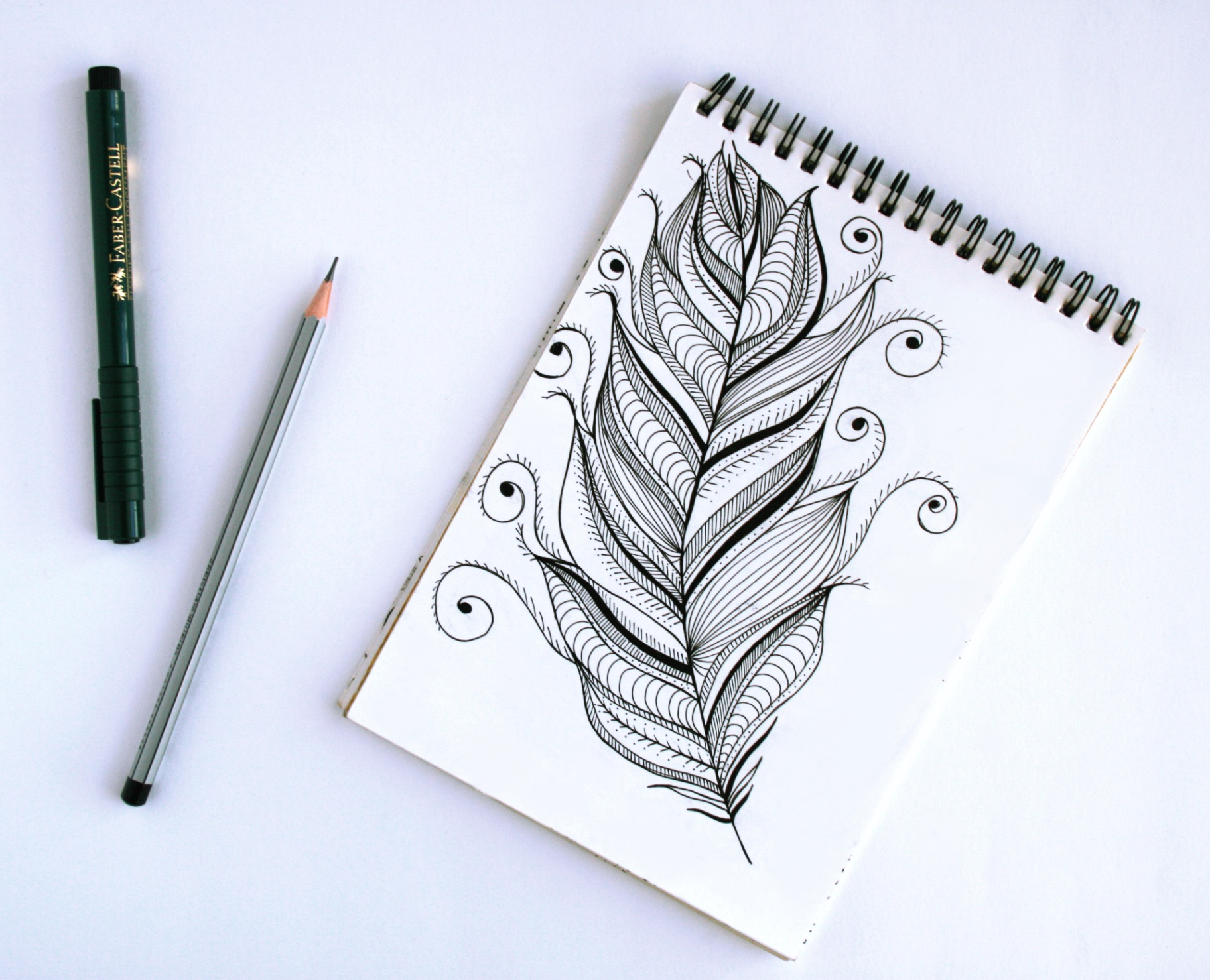 10 Tips to Get (Re-)Started with Drawing and Painting
10 Tips to Get (Re-)Started with Drawing and Painting
- Mindfully enter the process with tenderness for yourself and your skill level, rather than judgement. The tenderness will allow you to enjoy the process, help deal with your inner critic and not scare yourself away from it.
- Be intentional about not getting too caught up in needing to produce technically correct images, as it can be a difficult, overwhelming task. For example, learning how to create a realistic looking tree is hard for a beginner. At first, try to draw or paint a more abstract expression of a tree or just the tree’s bare bones. Keep in mind that you can do art without ever having to create photo-realistic images.
- Buy some colored pencils and a coloring book, and start coloring, to loosen your mind and hands up.
- Search for free online offerings for adults on getting started with drawing and painting.
- Buy a sketch book, a few lead pencils and an inexpensive tray of watercolor paints.
- Make a list of simple drawing and painting prompts. Some may be something you imagine in your head (like a prompt to draw or paint your happy or sad place), while others might be actual things you look at to draw/paint such as an apple, leaf, cupcake, vase or single flower. (See below for a few examples of prompts.)
- Take at least 15 minutes each day to doodle/draw/paint using a selected prompt.
- Take a class at your local community art center or with an art teacher.
- Put your ego aside as much as you can, so you don’t get too caught up with the end result of your efforts. Remember the reason you are doing art is to care for yourself better. It is the process of making art that matters the most, not the product.
- Try journaling about what the process of making art was like for you. Journaling might help you recognize how you are benefiting from it, what barriers are holding your creative expression back and what else you might want to create!
You can check back to our Tap into Creativity webpage periodically to see if we have added material to support you in this endeavor.
Article and abstract artwork by Kristin Littel.
Please note: The visual art projects created by the Mindful Counseling Center for this website are designed as a supplement to psychotherapy and as an invitation to benefit from expressing oneself creatively, with some options to combine left-brain art activities with right-brain reflections. The reflections and combining of thinking with art may or may not lead inner wisdom. If so, wonderful, but our real goal here is to offer yet another tool for self-care (by getting into the flow of art, being playful, loosening up, de-stressing, having fun with others doing art, etc.). These projects are not art therapy, although art therapists might use similar prompts to facilitate self-expression via artistic creation. (For example, see the below link for art therapy exercises offered by a psychologist who is also a consultant and educator with the International Expressive Arts Therapy Association.). Art therapists encourage their clients to use artistic self-expression as a means to heal, empower, soothe or seek deeper understanding of themselves and their behaviors. See https://www.psychologytoday.com/us/therapy-types/art-therapy for more on art therapy.
